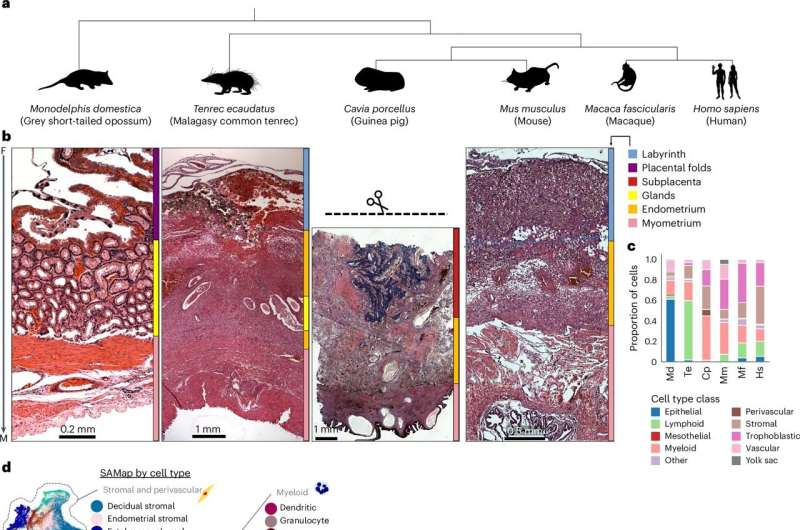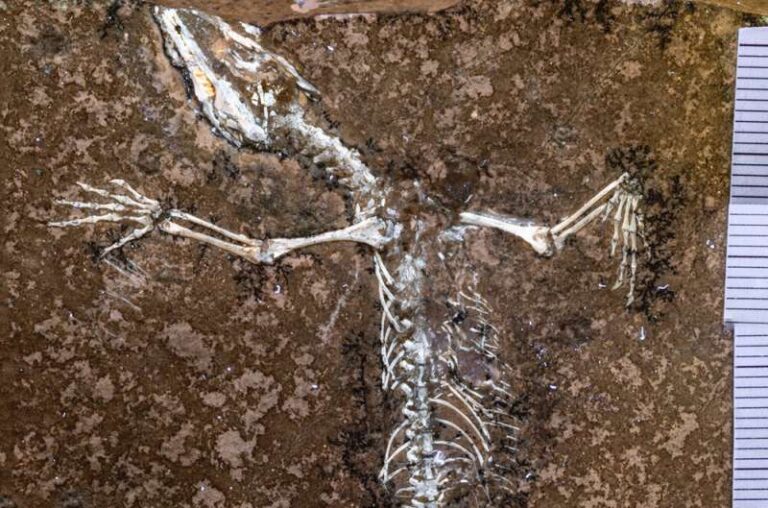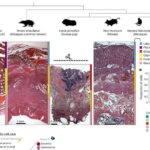An international research team, spearheaded by scientists from the University of Vienna, has revealed groundbreaking insights into the evolutionary origins of pregnancy. Published in the prestigious journal Nature Ecology & Evolution, the study delves into the complex cellular interactions at the fetal-maternal interface, a critical site where mother and fetus meet. This discovery uncovers how these specialized cell types and communication networks have evolved over millions of years, highlighting one of nature’s most remarkable innovations: the ability to sustain a successful pregnancy.
Pregnancy, particularly in placental mammals such as humans, represents a significant evolutionary breakthrough. At the heart of this process is the fetal-maternal interface, where the placenta from the fetus interacts intimately with the mother’s uterus. This interface must maintain a delicate balance—facilitating nutrient and signal exchange while preventing the maternal immune system from rejecting the genetically distinct fetus.
Tracing the Evolutionary Path of Pregnancy
The research team employed single-cell transcriptomics to analyze the active genes in individual cells from six mammalian species, including mice, guinea pigs, macaques, humans, tenrecs, and opossums. This diverse selection represents key branches of the mammalian evolutionary tree. Their analysis aimed to trace the origins and diversification of key cell types involved in pregnancy.
By creating a cellular ‘atlas of mammal pregnancy,’ the researchers identified distinct genetic signatures associated with the invasive behavior of fetal placenta cells. Remarkably, these genetic markers have been conserved across mammals for over 100 million years, challenging the traditional notion that such invasive cells are unique to humans.
Cellular Dialog: Cooperation and Conflict
To further understand the dynamics at the fetal-maternal interface, the study explored two influential theories on the evolution of cellular communication between mother and fetus. The “Disambiguation Hypothesis” suggests that hormonal signals over time became distinctly assigned to either the fetus or the mother, ensuring clarity and preventing manipulation. The study confirmed this hypothesis, identifying signals such as WNT proteins and steroid hormones as originating from specific tissue sources.
Conversely, the “Escalation Hypothesis” posits an evolutionary arms race between maternal and fetal genes, with each side attempting to assert dominance. This was observed in a limited number of genes, notably IGF2, which regulates growth. However, the study found that cooperative signaling was more prevalent, suggesting evolution may have favored coordination over conflict.
“These findings suggest that evolution may have favored more coordination between mother and fetus than previously assumed,” says Daniel J. Stadtmauer, lead author of the study.
Innovative Tools for Evolutionary Insights
The team’s discoveries were facilitated by combining single-cell transcriptomics with evolutionary modeling techniques. These methods allowed researchers to simulate cellular communication across different species and trace how these interactions have evolved over millions of years.
“Our approach opens a new window into the evolution of complex biological systems—from individual cells to entire tissues,” explains Silvia Basanta, co–first author and researcher at the University of Vienna. This innovative framework not only enhances our understanding of pregnancy evolution but also holds potential for improving diagnosis and treatment of pregnancy-related complications.
Implications for Future Research
The implications of this study extend beyond understanding the origins of pregnancy. By providing a new framework for tracking evolutionary innovations at the cellular level, these insights could pave the way for advancements in reproductive health and evolutionary biology.
As scientists continue to explore the intricate dance of cooperation and conflict at the fetal-maternal interface, the findings from this study offer a promising avenue for future research. Understanding the evolutionary mechanisms that enable successful pregnancies may ultimately lead to breakthroughs in addressing complications and improving maternal-fetal health outcomes.
For more detailed information, readers can refer to the original study by Daniel J. Stadtmauer et al., titled “Cell type and cell signalling innovations underlying mammalian pregnancy,” available in Nature Ecology & Evolution.




























